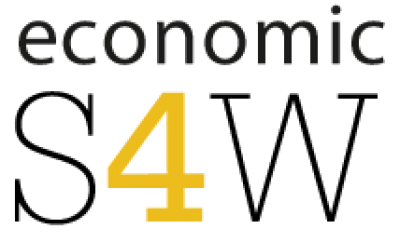Issues Paper – A gender lens on economic policy including in the budget
October 2020
Policy reform is essential when addressing gender imbalances and improving the economic security and wellbeing of Australian women.
Policy changes are often made through legislation and the removal of impediments to women having the same opportunities as men in all aspects of work and society.
These changes are inevitably driven by strong, fact-based research and analysis that highlights what is often entrenched gender inequality and highlights the social and economic benefits of reform.
Changes also require policy makers to act in a constructive way. Complacency and/or a lack of information and knowledge from those able to bring about change has been a problem in delivering effective gender equality.
While change has been slow, it is important to recognise the progress to address structural gender inequality that has been achieved over time.
These achievements were greatly assisted by strong bipartisan advocacy in 1984 when Australia was the first country in the world to develop, apply and implement Gender Responsive Budgeting. This was tracked in the subsequent 30 years via the Women’s Budget Statement (WBS) which continued until 2014.
The WBS was produced under the Hawke-Keating Labor Governments (1983-1996), the Howard Liberal-National Coalition Government (1996-2007) and the Rudd and Gillard Labor Governments (2007-2013). However, in 2014 under the Abbott Liberal-National Coalition Government, a WBS was not published despite major policy and budgetary changes outlined in the 2014-15 federal budget that had significant implications for gender equality and women’s empowerment.
The Women’s Budget Statement has not been produced since 2014.
This has been a concern to many women’s groups and those looking to eliminate gender inequality. It suggests that advancing gender equality within the government has been downgraded in terms of a policy priority.
The Federal Government prioritising women’s economic security is important to put actual reform on the agenda and to raise its profile in the public domain, it is essential for it to translate to actual policy change and improvements in women’s financial wellbeing.
The need for policy reform is demonstrated through:
- The growing gender pay gap
- The superannuation gap
- Modelling the impact of accessible and affordable childcare and early years education on workforce participation and productivity.
While it is unclear exactly how the current COVID-19 pandemic will impact women’s economic security there is evidence of a rise in hardship as a result of the recession.
Detailed analysis of the impact of COVID-19 on women would have been appropriate in the 2020 budget documents. This would have provided a policy framework to deal with these growing problems specific to women.
In terms of the reaction to the 2020-21 Budget handed down on 6 October 2020, there was a marked divergence of views by gender. According to the Westpac index of consumer sentiment released in the week after the budget, a net balance of +9.5 per cent of respondents judged that the budget would “improve their finances”.
This was, overall, a strongly positive assessment of the budget.
There was, however, a remarkable disparity of views by gender.
A net balance of +21.9 per cent of males said that the budget would “improve their finances” while for females, there was a net balance of -3.7 per cent who felt the same.
This suggests that the consumer response to the budget strongly favoured men and actually worked against the financial interests of women.
While more work is needed to determine why there was such a gap, it may be because the income tax cuts favoured those on higher incomes which tend to be male.
Many of the stimulatory measures appeared to favour industries and professions with higher male employment and the paring back of the JobKeeper and JobSeeker payments may have a greater adverse impact on women than men.
RECOMMENDATION
Our recommendation would be to reinstate the publication of the Women’s Budget Statement and further, to elevate issues enhancing the economic security of Australian women to a key policy narrative that monitors gender imbalances on a range of indicators and sets a framework on how to address these in both the short and medium term.
